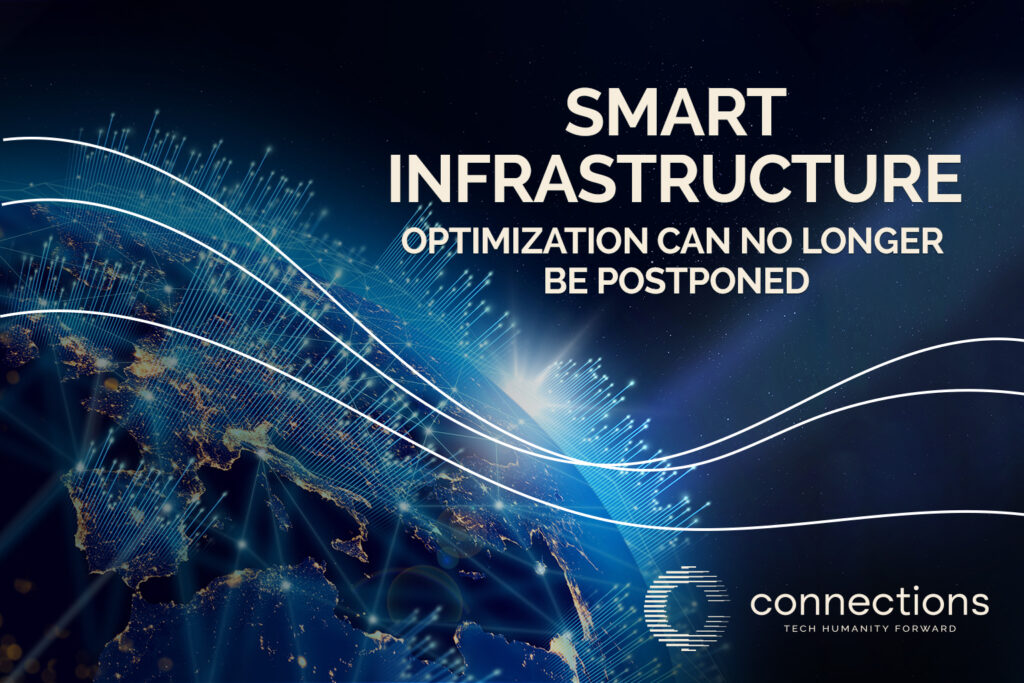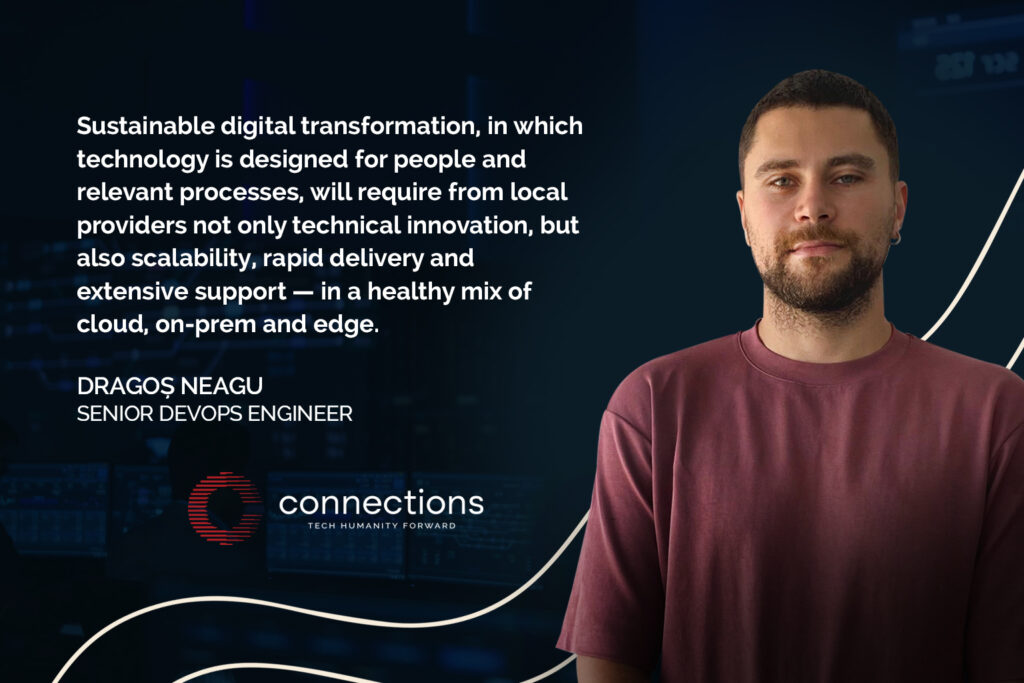
We believe that it is already clear to everyone that we are in a period in which speed is a competitive advantage, and data is the new capital – in this context, more Romanian companies with native tech DNA and international exposure view IT infrastructure not just as a cost, but as a lever for sustainable differentiation and scaling. Whether we are talking about private companies or public institutions, infrastructure optimization – on-premise, cloud or hybrid – is becoming essential for efficiency, scalability and digital resilience.
Why now?
The current context brings several types of pressures: economic volatility, cost increases, the IT workforce and a wave of accelerated digitalization. In parallel, the European Union allocates significant amounts through the PNRR and other structural funds for the digital transformation of public services, infrastructure and the economy. It is a window of opportunity for real modernization — but also a test of capacity.
Experience gained in multi-industry projects shows that many organizations still do not optimize their infrastructure but treat it as an inevitable legacy. However, migrating to modern solutions – whether it is data center consolidation, adopting public or private cloud, or automating processes – brings a double benefit: short-term savings and long-term agility.
Why is it good to optimize IT infrastructure?
Cloud or On-Prem? It’s a false dilemma
In reality, most organizations adopt hybrid models. The cloud brings flexibility, but not all processes can be migrated. There are regulated industries (banking, government, energy) where part of the infrastructure must remain local. The optimal solution is a mixed design, with interoperability, clear governance and end-to-end monitoring tools.
The public sector, an area with huge potential
The digital transformation of the Romanian administration cannot take place without modernizing the IT infrastructure, as we have said frequently in recent years. Unfortunately, in many institutions, applications are run on physical servers that are over a decade old. The lack of standardization, interoperability and proactive maintenance leads to inefficiency, data loss and security vulnerabilities.
Here, public-private partnerships are essential. Local technology providers bring the know-how, solutions and human resources necessary to bring these projects to fruition. The investments made so far in AI, automation and software infrastructure allow us to offer scalable and efficient solutions even for the most complex institutions.
“Sustainable digital transformation, in which technology is designed for people and relevant processes, will require from local providers not only technical innovation, but also scalability, rapid delivery and extensive support — in a healthy mix of cloud, on-prem and edge.” he tells us Dragoș Neagu, Senior DevOps Engineer

2025–2030, the window in which infrastructure becomes autonomous
The future belongs to intelligent infrastructure: platforms that automatically adjust their resources, self-heal and self-protect. We will increasingly work with NoOps environments, managed by AI, and the boundaries between application and infrastructure will become fluid. At the edge, sensors, IoT devices and 5G networks will demand low latency and local processing, and platforms will need to respond instantly. To get there, companies and institutions need to start today. With a clear assessment of the current state, a realistic modernization strategy and partners who understand the local context but think globally.